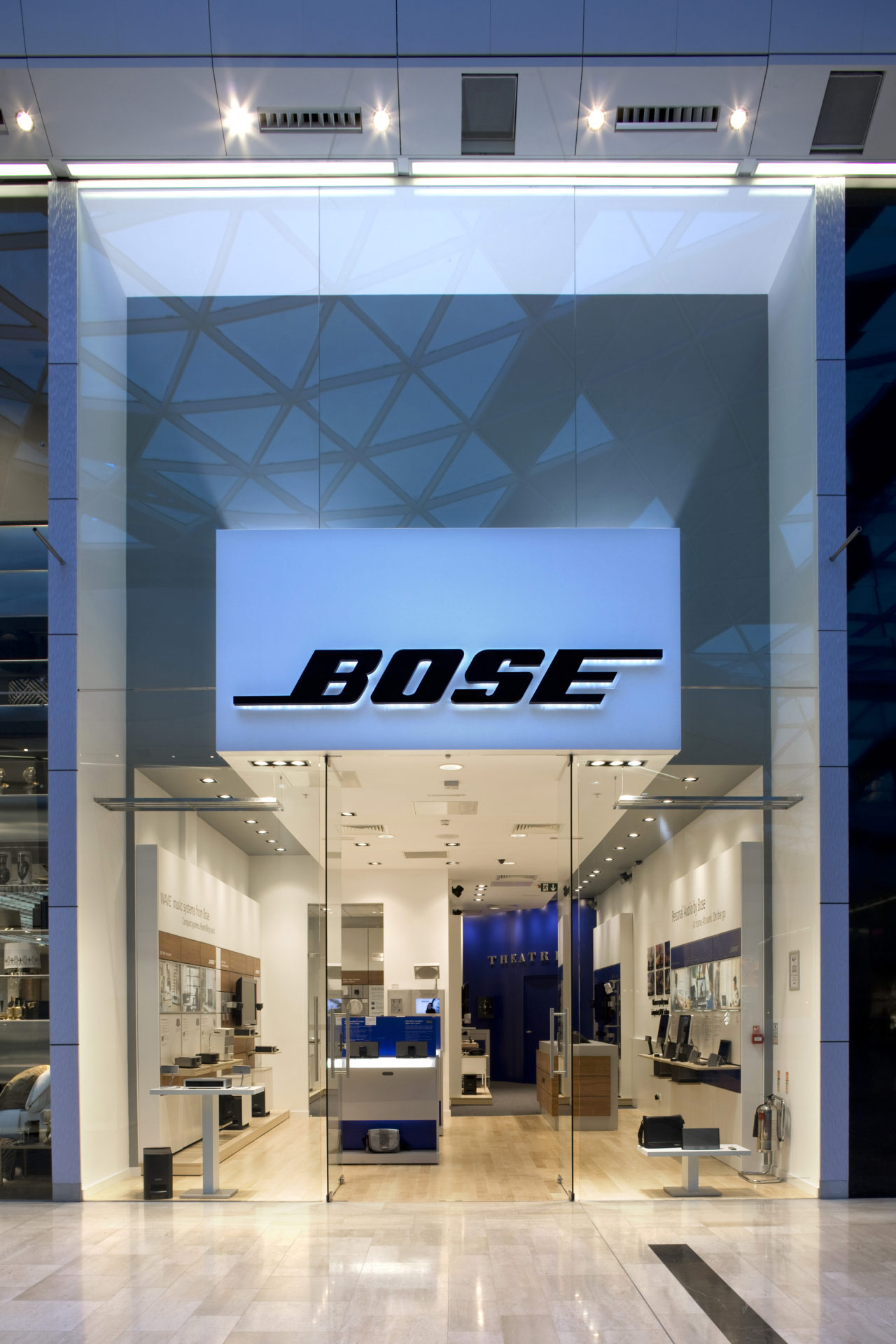Creating Spaces: Efficient Spatial Design for Commercial Installations

In the modern retail world, creating an attractive and functional space is important for drawing in customers and enhancing their shopping experience. A retail fit-out goes beyond mere aesthetics; it requires a comprehensive approach to crafting an atmosphere that reflects your brand, involves customers, and drives sales. This guide will examine efficient spatial planning techniques, from understanding the importance of a well-executed retail fit-out to navigating the latest trends and innovations shaping the industry in the near future.
Whether you are opening a new store or updating an current space, understanding the retail fit-out process is crucial. By carefully zoning your store, picking the right materials, and including your branding into the design, you can create a remarkable environment that keeps customers returning. Join us as we delve into the key components of successful retail fit-outs, providing valuable insights for both boutiques and larger retailers looking to improve their spaces for success.
Understanding Retail Fit-Outs along with The Relevance
Store fit-outs constitute the procedure of designing and constructing the internal space of a retail space to establish an inviting atmosphere for customers. This endeavor involves everything from layout planning to choosing materials and finishes that mirror the company image. An successful fit-out is crucial as it can considerably affect the perceptions customers have and shopping behavior. A carefully crafted environment merely makes a positive first look in addition improves interaction with shoppers and satisfaction.
The value of a store fit-out goes beyond just looks. A carefully planned store layout can promote a smoother flow of consumer flow, making it more convenient for clients to navigate the space and explore items. This can lead to higher sales as shoppers are motivated to look around and make impulse purchases. Moreover, the correct design aspects, such as light fixtures and color palettes, can inspire emotions and amplify the overall retail experience.
Spending in a qualified retail fit-out is crucial for retailers seeking to make a mark in a fierce market. Starting with optimizing space efficiency to incorporating new design trends, a well-executed fit-out can deliver a significant ROI. By matching the space with brand principles and customer expectations, merchants can create a lasting customer shopping journey that fosters patron loyalty and drives expansion.
The Retail Fit-Out Process: Steps to Success
To begin your retail fit-out process, it is crucial to start with a comprehensive plan that articulates your vision and goals. This involves conducting thorough market research to understand customer preferences and industry trends. Collaborating with stakeholders, including designers, architects, and contractors, can deliver valuable insights into the feasibility of your ideas. Creating a detailed design brief will serve as a roadmap, emphasizing specific requirements such as store layout, branding elements, and any technological integrations that will enhance the customer experience.
Once the planning phase is complete, the next step is to set up a clear project timeline and budget. This is where you will define key milestones and distribute resources effectively. It is important to consider not only the costs associated with construction and materials but also possible hidden expenses that could arise. click resources with contractors and vendors will help maintain the project on track, staving off delays and making sure that everyone is aligned with the project's objectives.
Finally, as the fit-out progresses, monitoring the execution phase is necessary to confirm that everything adheres to the initial design and quality standards. Conduct consistent site visits to monitor the work being done and address any issues promptly. Once the fit-out is approaching completion, plan for a smooth transition to operations, which includes final inspections, installations, and staff training. This structured approach will set the foundation for a successful retail environment that not only meets your expectations but also delights your customers.
Cost Management and Green Practices in Store Fit-Outs
Effective financial management is crucial for a successful retail fit-out. By establishing a comprehensive financial plan that outlines all potential expenses, businesses can prevent surprise expenses that might arise during the fit-out process. This includes not only the apparent expenses such as resources and human resources but also unforeseen charges that may manifest later on. Adequate preparation and distribution of resources allow for greater management over financial outcomes, guaranteeing that the fit-out remains on budget while still meeting standards and aesthetic requirements.
Including eco-friendliness into the building phase can also yield long-term cost reductions. Choosing eco-friendly materials and efficient lighting can lower overhead expenses significantly. Eco-friendly practices not only add to decreased utility expenses but also enhance the overall attractiveness of the commercial area, attracting a growing group of environmentally conscious consumers. Businesses should think about adopting green alternatives that may have initial investments but produce substantial benefits and rewards over time.

Furthermore, environmental responsibility in commercial fit-outs aligns with modern consumer trends, making it a clever promotional approach. As clients increasingly choose brands that demonstrate environmental responsibility, businesses can bolster their reputation while increasing sales. Promoting a focus to sustainability can create a market advantage, allowing businesses to connect with their customer base. Overall, integrating effective cost management with sustainable practices can yield both financial advantages and enhanced shopper interaction in the store space.
